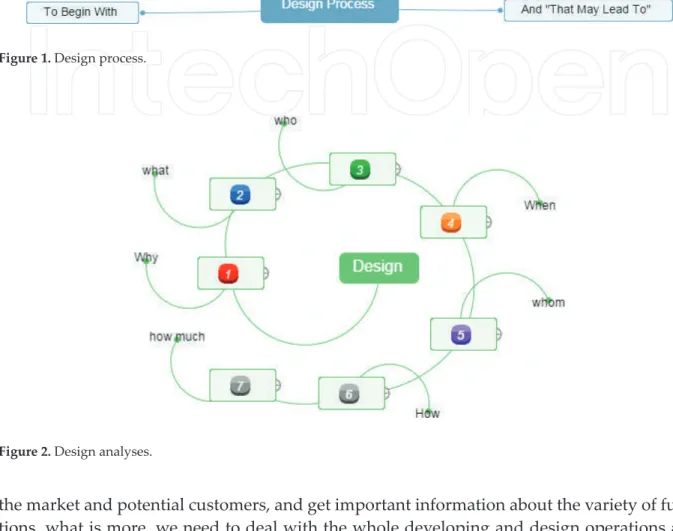One of the most widely used methods of CE is design for manufacture and assembly (DFMA), which integrates two concepts such as design for manufacture (DFM) and design for assembly (DFA). DFA is focused on the design of the product for ease of assembly, which reduces assembly costs.
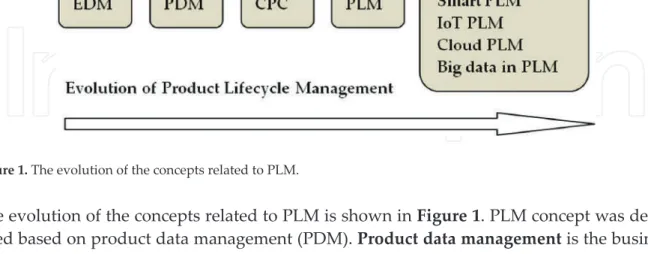
TOP 1%
Product Development and Management Strategies
Introduction
- Definition of Product
- Product features
- Components of a product
A core aspect of a product, such as its performance, quality, reliability and dependability, is often built into the product or service and is therefore intangible. These key features cannot be seen, but can be felt and experienced after using the product or patron service.
New product development
- New product development process
New product development is the process of taking advantage of a market opportunity by converting it into a product or service that is available for sale. For this reason, a new product can be an invention (completely new that did not exist before), an innovation (new to the company but existing in the industry), or a product modification (change in package, size, design, and other features).
Concept development and testing: The ideas that pass through the screening stage are then developed into concept on paper stating clearly the marketing and engineering
Ideas for new products can be obtained from customers, sales representatives, employees, distributors, the company's can be obtained from customers, sales representatives, employees, distributors, the company's research and development department, competitors, focus groups or brainstorming. Idea generation or brainstorming of new product, service or store concepts usually begins when market opportunities are identified to support your idea screening phase. Idea Screening: It is the process of screening the ideas generated to weed out those ideas that are not aligned with the company's goals and resources.
Many organizations use different criteria to select the ideas, but in general, selectors often look at the viability, feasibility and acceptability of the ideas at hand. Concept development and testing: The ideas that pass through the screening stage are then developed into concept on paper that clearly indicates the marketing and engineering.
Business analysis: This stage of the new product development process is geared toward evaluating the overall cost, sales revenue, and profit potentials of the contemplated prod-
Marketing strategy development: The most viable ideas that scaled through the previous stages can be used as good candidates for marketing strategy development. In its basic
Test marketing: Here, the company will test the product (and its packaging) in typical usage situations by conducting focus group customer interviews, dealer research or test
- New product adoption process
Many ideas are generated for the new product and some of these ideas are implemented. Commercialization: This is the final stage of the development process in which the new product is launched or born. The timing of the launch is critical as it can make or break the success of the product.
However, the choice of an option depends on the nature of the market, the company's resources and the level of competition in the market. There are two types of new product development strategies namely proactive and reactive product development strategies. Information search: After providing sufficient information about the product, buyers in the market will be aware of the product and seek more information.
Information search: Following the dissemination of adequate information about the prod- uct, buyers in the market will be aware of the product and will look for more information
Trial: It is usually done on products with low unit value and higher degree of divisibility
- Product life cycle and its stages
Growth Stage: The growth stage is the next phase of the "S" shaped product life cycle. The growth here means increased sales of the product because it is widely accepted by the target market. However, for some products this stage is unavoidable, and as a result measures must be taken to either revive the product or phase it out of the market.
In general, the main purpose of the product life cycle phases is to enable product managers to know how to improve the performance of the products within the framework of the company's business strategies [6]. Some products follow the idealized S-shaped life cycle as explained above, while others follow some patterns depending on how they are managed in the market by the company. But after using some strategies to revive and relaunch the product in the market, it starts another life cycle and depending on how it is managed, it can stay longer or shorter in the market.
![Figure 1. Product life cycle stages. Source: [5].](https://thumb-ap.123doks.com/thumbv2/1libvncom/9201181.0/21.918.136.786.247.502/figure-product-life-cycle-stages-source.webp)
Product management
- Product life cycle management strategies
- Product mix and product-line analysis
- Product differentiation
- Other product management strategies
It deals with deciding what the product will be and ensuring that it remains profitable on the market. Regardless of these costs, most companies will have negative profits at this stage with limited competition, especially if the product is brand new to the market. It is equally important that companies appreciate the importance of product mix and product line in the product management discourse.
Line with: The product line manager selects one or a few items in the line to display. Product repositioning strategy: First, positioning is the process of placing the product's functionality, relevance, or features in the minds of customers. The deletion strategy can be immediate or gradual depending on the fate of the product in the market.
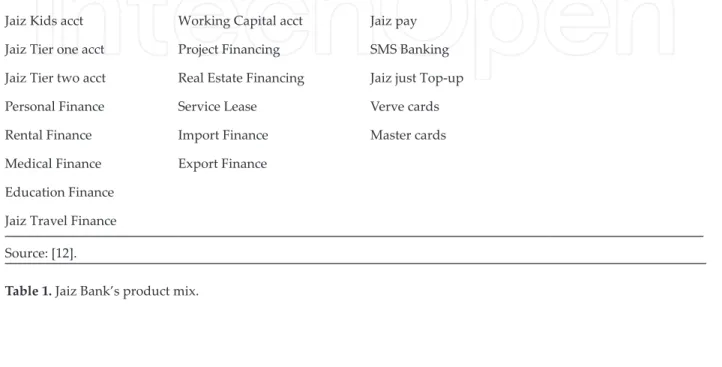
Case study
The Dala City tea brand can be considered to be in the maturity stage of growth because the company has yet to meet the growing demand for tea in Kano despite the increased influx of foreign tea brands. After the success of Dala tea, the company introduced Kunu Tsamiya to the market in 2001. Similarly, the company introduced Diet Kunu to serve the market segment of those with diabetes.
Other brands produced and marketed by the company are Instant Fura (boiled ground millet) and instant biski (local couscous). However, this channel is likely to change in the near future when the company starts exporting its products to neighboring West African countries such as Niger, Cameroon, Chad, Togo and Ghana. This provides the company with a competitive advantage to make product easily available, qualitative and affordable.
Conclusion
Similarly, the company has painstakingly developed and maintained a set of activities to effectively get its product to market, such as account management, order taking, delivery, payment and in-store merchandising. Using his vast experience as a learned trader, the late chairman of the company, Alhaji Safiyanu Madugu, took some strategic steps to build a powerful and profitable route to the market, a feat that is being religiously implemented by his heirs today. Other steps cover effective management of the distribution network within Kano and outside the state, as well as developing a compelling retail value proposition to achieve a win-win solution that drives increased volume, improved efficiency and outlet loyalty.
The distribution network for convenience products such as food and beverages in Northern Nigeria is intensive, that is from the company to the distributor, the retailer, to the final consumer. This is done with the aim of making the products easily available and accessible to the target market. It is pertinent to note here that the production process of Kunu, Fura and Biski was pioneered by the company as it was the only entity to start producing these products using such technology, so there is an absolute control that gives it an advantage over others and makes it difficult for others to enter the market without the company's permission, thus creating a strong barrier to entry.
Acknowledgements
It is important to note that the tasks and strategies discussed in this chapter cannot be performed solely by the product/brand manager or other agency charged with responsibility for product management, but in conjunction with other units in the organization. This is because a product manager needs to have a relationship with departments like research and development, engineering, manufacturing, marketing, finance, advertising, purchasing, etc. to be successful. Thus, a brand manager is expected to be a good diplomat and a team player to succeed.
Author details
Selection of our books indexed in the Book Citation Index in Web of Science™ Core Collection (BKCI).
Product Design Process and Methods
Definitions and relationship between product design process and methods
- About product design process
- About the design methods
- Relationship between process and methods
The product described in this chapter refers to the concept in a broad sense, which refers to the set of products formed with a specific purpose and to meet the needs of the target people, as well as non-physical services. The design process refers to the design development process and the order in which design tasks are performed. According to the arrangement of the process, it can be divided into linear programs, parallel programs and complex programs.
Thus, the design process of the image above can be reduced to the following modern digital design process as shown in Figure 4. Methods refer to the sum of receipts that can be used to achieve certain goals in any field. First, the design process determines the steps of the design, while the method determines the design measures and effects.
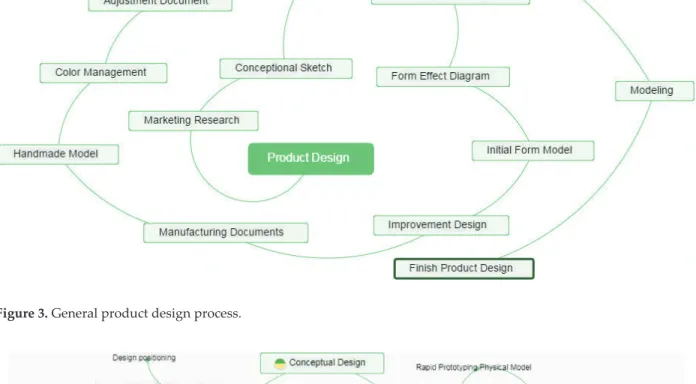
Product design process
- The research phase
- The analysis and positioning stage
- Conceptual design stage
- Detailed design
- The design output stage
The existing characteristics of the product market have a certain reference and guiding role for future design. Any product is used in a certain time and space and social environment, and the product status should match the current environment, which can emphasize the design intention and the characteristics of the times. Second, examining the machine can be intuitive and effective in discovering market development opportunities.
It can be used as further product development, taking advantage of popular products and targeting the bulk of the market. On the other hand, in terms of unpopular market performance, the challenge of an alternative way of solving problems with mutant thinking and using unique strategies to creatively complete the development of brand new products can be addressed in reverse, as shown in Figure 7. Based on the design analysis, the related aspects of the included products are set to create a benchmark for subsequent series development and visual design, which determines the design direction and the basis for the entire design process.
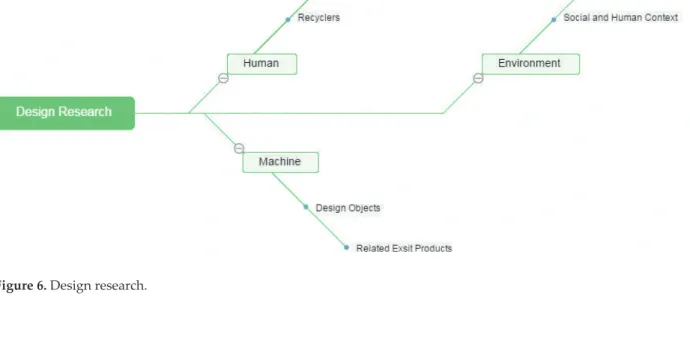
Product design methods
- Design survey
- Creating techniques
- Product form design method
The output stage of design mainly refers to the expression of design results and preliminary preparation for the next production. On the other hand, these results also provide a basis for production and construction after the design phase. In general, the "programme" mentioned in the evaluation is essentially a response to the problems encountered in the design.
Second, proper design evaluation can reduce design blindness and improve its effectiveness. In the actual evaluation process, due to the complexity of the design factors, the most important influencing factors are generally selected. The design procedure is the basis for guiding the steps of the design process, and the design method is the guarantee to effectively develop the design process and improve its quality.
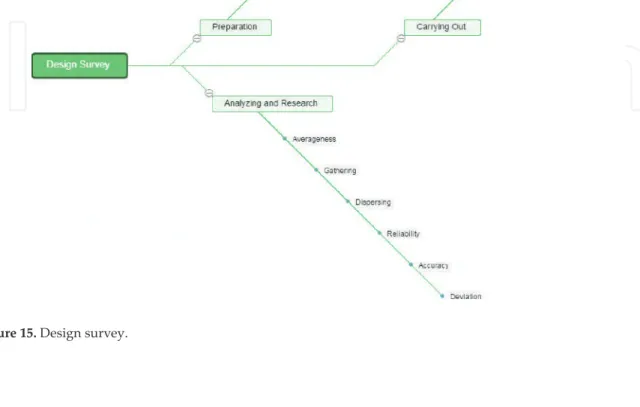
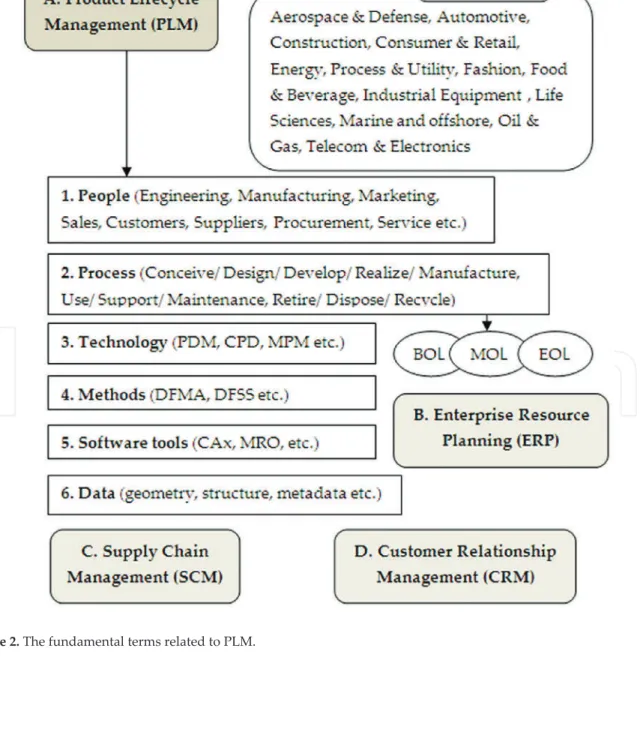
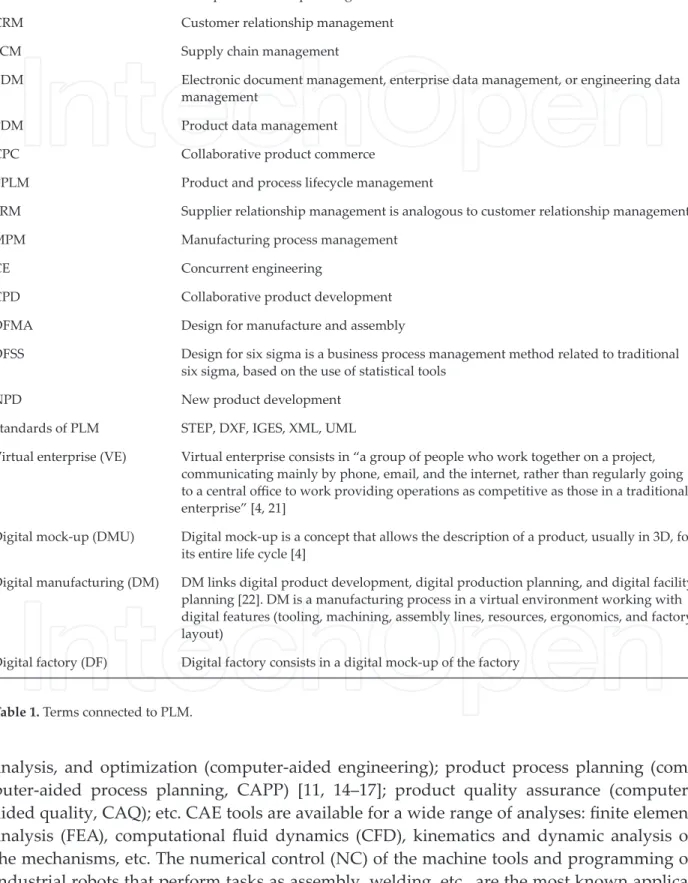
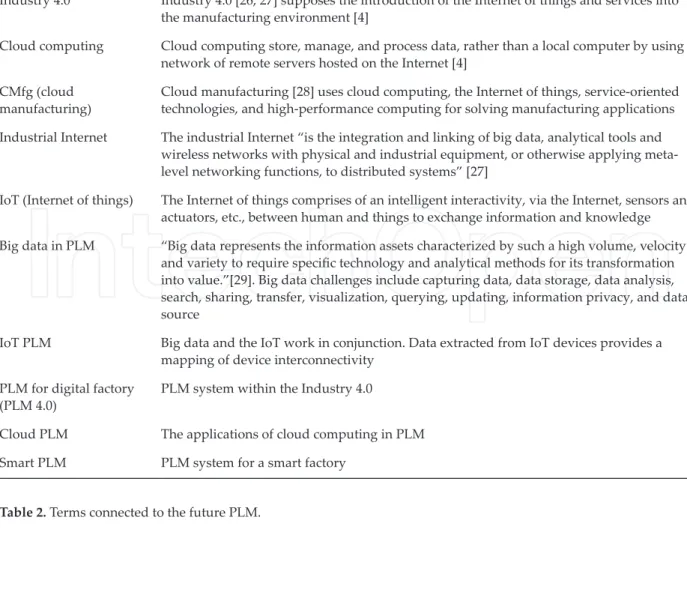
![Figure 2. Other product life cycle pattern. Source: [7].](https://thumb-ap.123doks.com/thumbv2/1libvncom/9201181.0/22.918.140.783.237.550/figure-product-life-cycle-pattern-source.webp)
